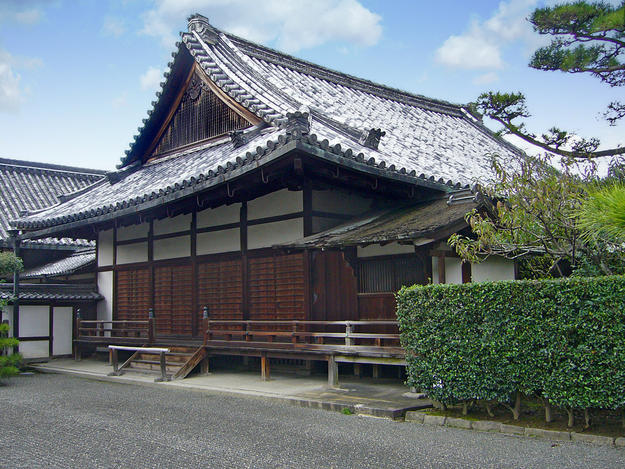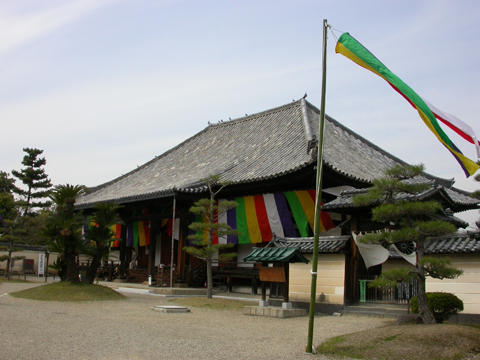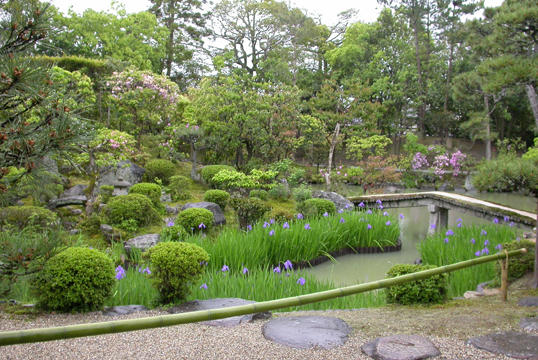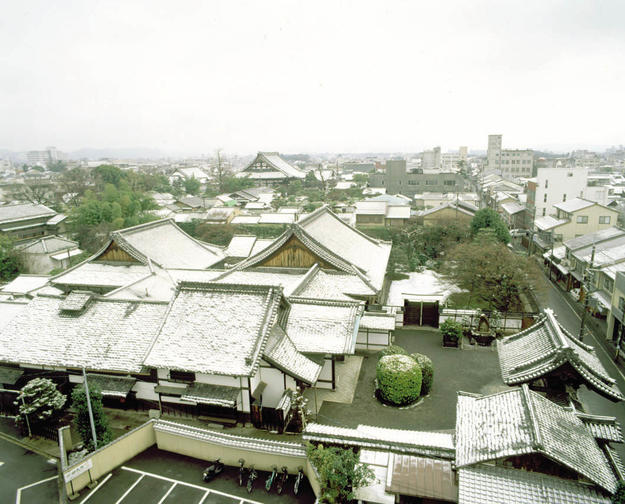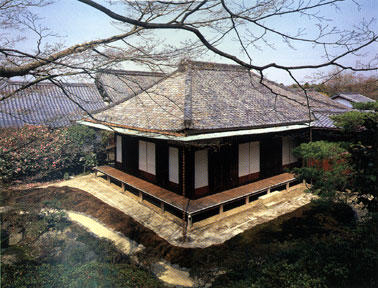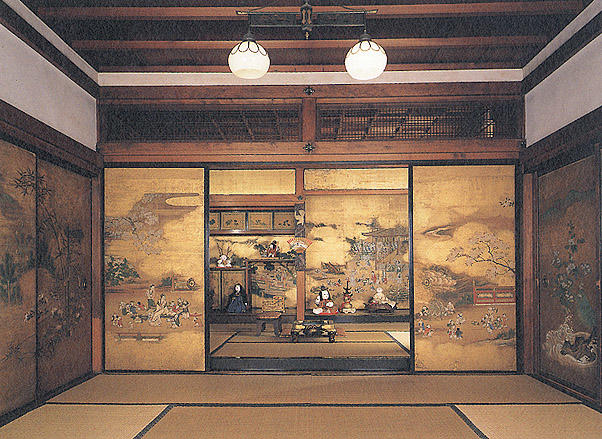Japanese Imperial Buddhist Convents
Background
From the 13th through the late 19th centuries, tradition called for unmarried daughters of Japanese emperors and shoguns to become abbesses in a network of elite imperial Buddhist convents. The convents housed remarkable collections and the buildings—tranquil temple-garden complexes—themselves reflected the highest craftsmanship of the day and the nuns lived amid beautiful interiors. Interestingly, many of the historic interiors were formerly located in imperial compounds and then moved and reinstalled in the convents as gifts to the daughters living in the convents. There are 13 surviving Imperial Japanese Buddhist Convents: 10 in Kyoto and 3 in Nara. In 1868 when Shinto replaced Buddhism as the official religion of Japan, the convents lost their traditional source of financial support. Today the convents remain historically significant but largely overlooked, and suffer due to limited resources and a decline in the practice of monastic life.
How We Helped
Conservation of the Japanese Imperial Buddhist Convents was the inaugural project for World Monuments Fund in Japan. In 2002, WMF and the Institute for Medieval Japanese Studies at Columbia University joined forces to carry out a restoration project at the Imperial Chapel Chokusaku-do at Hokyoji Imperial Convent in Kyoto. This richly decorated 18th-century room served as the Emperor’s private chapel in the Imperial Palace in Kyoto before being moved to Hokyoji in 1846 when it was bequeathed by the emperor to his sister, the abbess at Hokyoji. WMF and IMJS continued their collaboration and expanded the project to address conservation threats at three other convents: Chuguji in Nara, which suffered destabilizing structural damage in the wake of the 1995 Kobe earthquake; Reikanji in Kyoto where the delicately painted silk wall panels of the only surviving residential quarters in any of the convents were becoming water-damaged and rapidly disintegrating; and Hokkeji in Nara, where fire protection and under-garden water delivery systems no longer functioned, threatening the entire complex. Work at Hokkeji was completed in 2006, at Reikanji in 2007, and at Chuguji in 2008.
Why It Matters
In addition to ensuring the architectural and institutional longevity of these historic places, WMF’s goal is to raise public awareness of the convents and help the current abbesses secure new sources of funding from corporations, government agencies, foundations, and individuals in Japan. Despite their historic and artistic significance, the convents are relatively unknown even in Japan. We have surveyed the nine other convents to create a master plan for their conservation. The first major exhibition about the convents, their history, and their extraordinary collections was held in Japan in 2009 at Tokyo University of the Arts Gallery in Ueno Park.
World Monuments Fund’s project at the Japanese Imperial Buddhist Convents has been made possible, in part, by support from the Freeman Foundation and The Tiffany & Co. Foundation.


